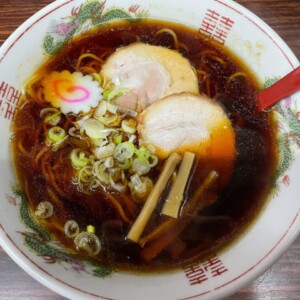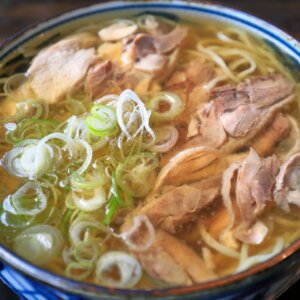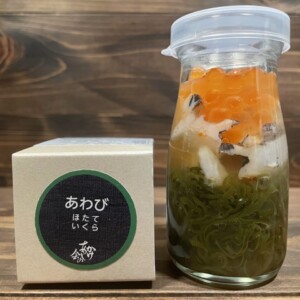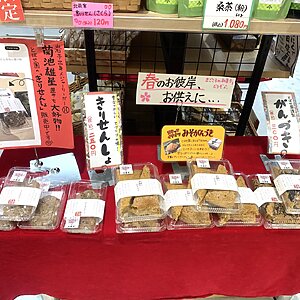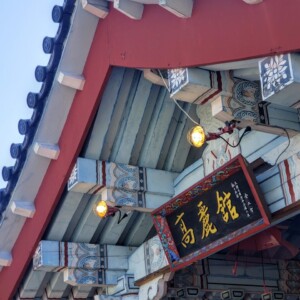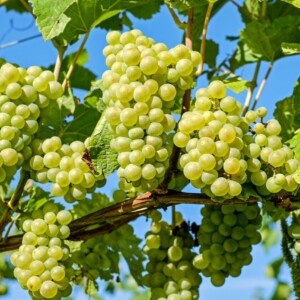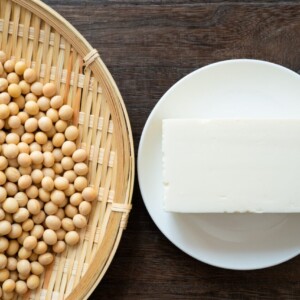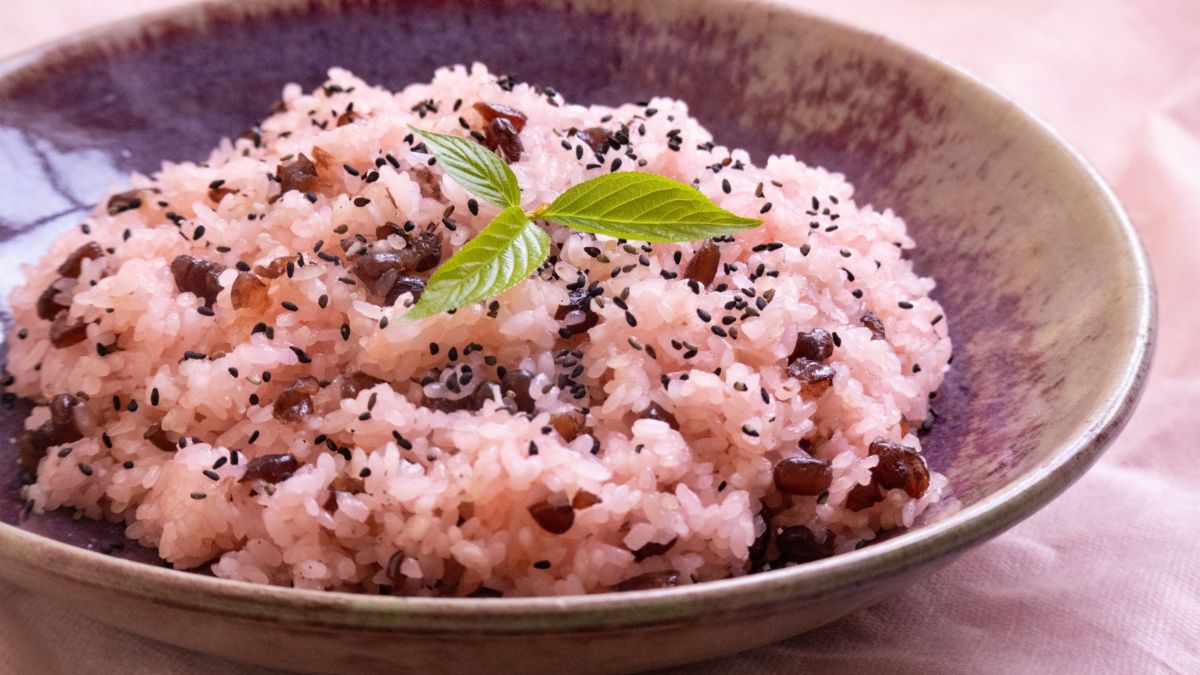
Is Aomori red rice sweet and pink? Introducing the reasons, origin and two types of red rice recipes
table of contents
One of the things that surprises people from Aomori Prefecture when they go to other prefectures red rice is not sweet .
When I think of red rice, I imagine it to be sweet and pink, but across the country, the unsweetened red bean-colored red rice is more common
Why is Aomori Prefecture's red rice so sweet and vibrant pink?
This time, we'll look into the origins and reasons why Aomori Prefecture's red rice is sweet and pink. We'll also introduce two red rice recipes that are actually made in Aomori Prefecture, so be sure to check them out
Why is Aomori Prefecture's red rice so sweet? Explaining the reason and origin
Why is Aomori Prefecture's red rice sweet? We explain the reason and its origin
It is said that people from Aomori Prefecture, especially those from Tsugaru, prefer sweet things
For example, sugar is sprinkled on natto, tomatoes, and pickled plums, and chawanmushi is typically sweet with candied chestnuts. Inari sushi is also sweet, stuffed with rice dyed bright pink with pickled ginger juice
Due to the prefecture's characteristic love of sweet things, sweet red rice has long been a favorite food in Aomori Prefecture
Because it was a hospitality dish that used precious sugar
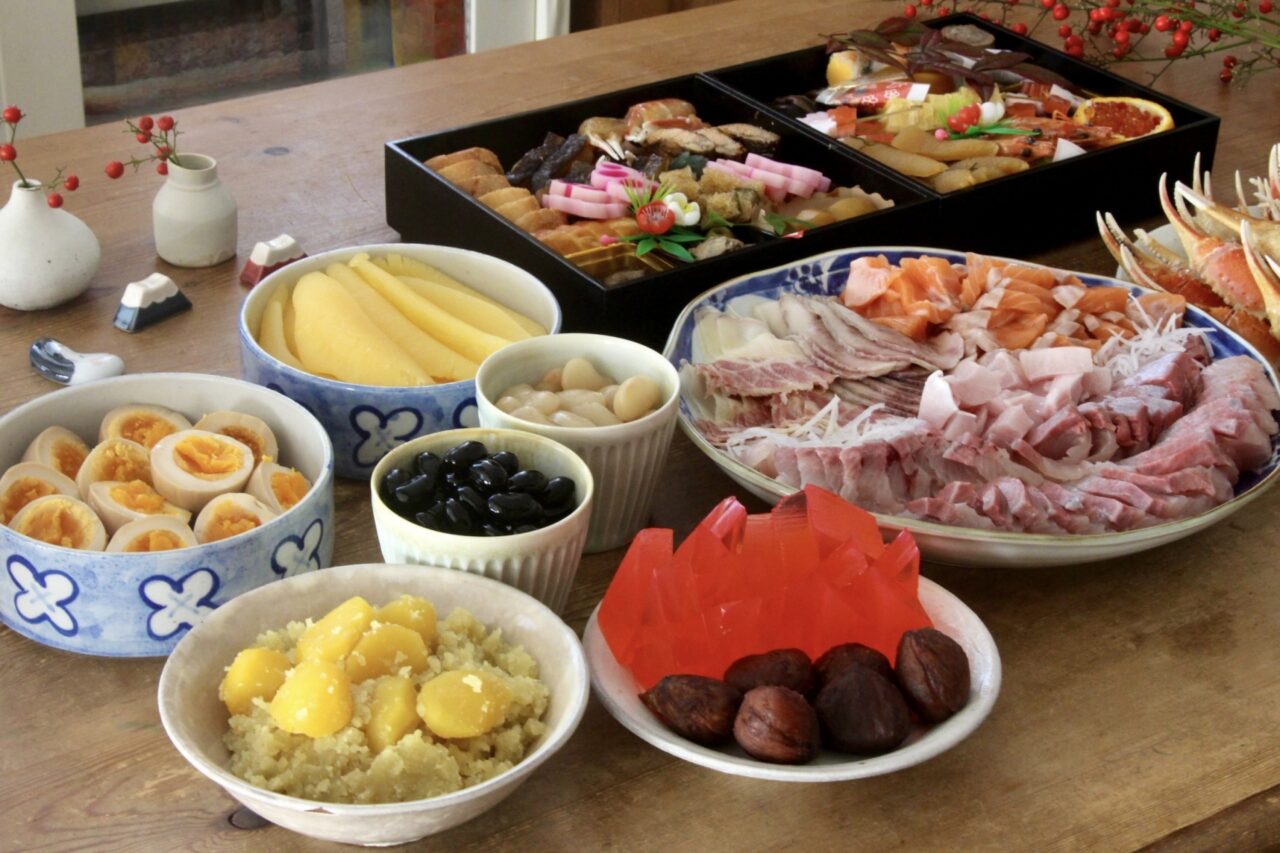
Sugar became widely available in the mid-Meiji period, but in the northern Tohoku region it was treated as a precious commodity. People only used sugar during Obon and New Year's, and it was rarely used in everyday meals
Therefore, using a lot of sugar was considered the highest level of hospitality, and sweet dishes made with large amounts of sugar were considered a delicacy.
Sekihan is a dish eaten at celebratory occasions such as Obon and New Year's, and perhaps the sweet flavoring of sekihan comes from a spirit of hospitality
It was introduced from Hokkaido
Aomori Prefecture is not the only place where sweet red rice is eaten. In fact, Hokkaido's red rice is also sweet and has an even deeper pink color than Aomori's
There is a recipe for Aomori sekihan that uses amanatto, and the creator of this dish is said to be a Hokkaido culinary researcher (Akiko Nanbu, November 3, 1920 – June 4, 1994). She came up with the idea of using amanatto in sekihan as a simple and delicious way to make it even for busy families.
Traditional red bean sekihan requires a lot of effort, such as boiling the beans and steaming the rice in a steamer. On the other hand, red bean sekihan made with amanatto eliminates the need to boil the beans, and because it is made by mixing glutinous rice and regular rice, it can be cooked in a rice cooker
Due to its ease of preparation, red rice made with amanatto became widely available in Hokkaido, and also in Aomori, which had close ties with Hokkaido. The original red rice made with amanatto was not sweet, but it is likely that the sweet tooth of the people of Aomori led to the gradual change to sweet red rice
Why is Aomori red rice pink?
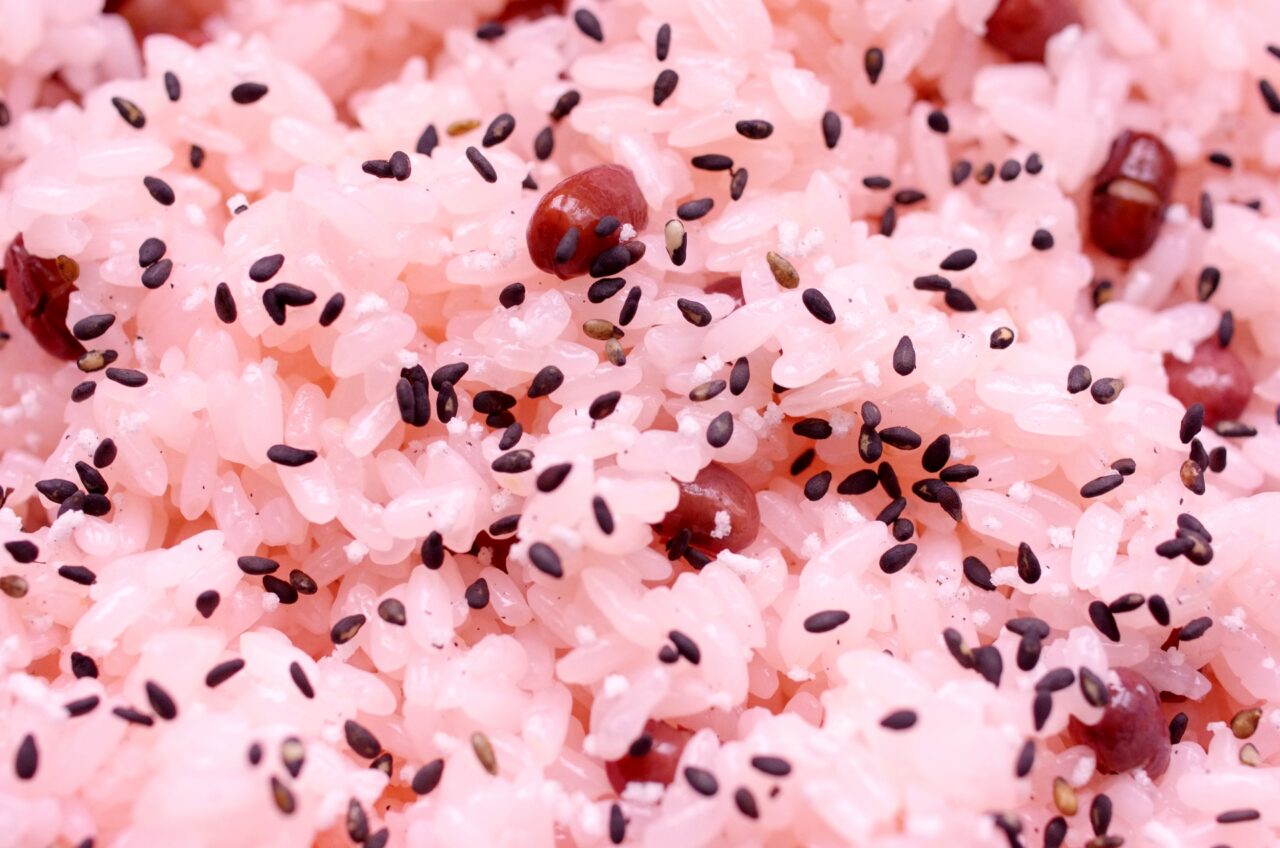
Compared to traditional red rice, Aomori Prefecture's red rice is a bright pink color, and during Obon and Higan, pink red rice sections appear in supermarkets
When you look into why Aomori red rice is pink, you'll find that there's a secret in the recipe
Sekihan, which is widely eaten nationwide, is made by cooking rice in azuki bean broth, giving it a slightly brownish azuki bean color. However, the sekihan eaten in Aomori Prefecture uses sweet azuki beans, so the rice cannot be colored with the azuki bean broth like traditional sekihan
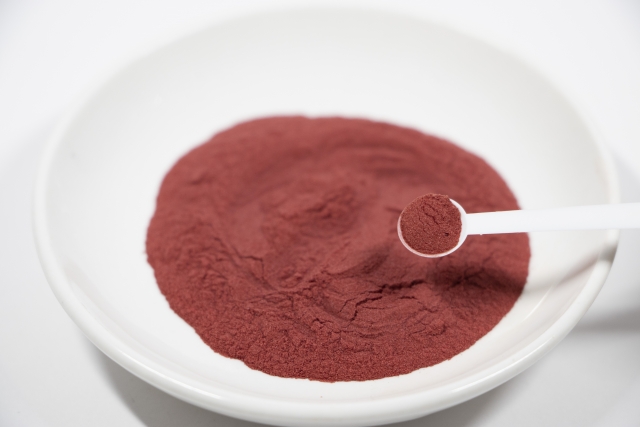
So, what is used to color red rice made with sweet amanatto? It's food coloring. Because it is artificially colored, the finished red rice is pink
Is it true that the red rice sold at convenience stores in Aomori is sweet?
If the red rice from Aomori Prefecture is sweet, does that mean the red rice sold at convenience stores is also sweet?
I suddenly wondered about this, so I tried comparing the red rice served at three major convenience store chains
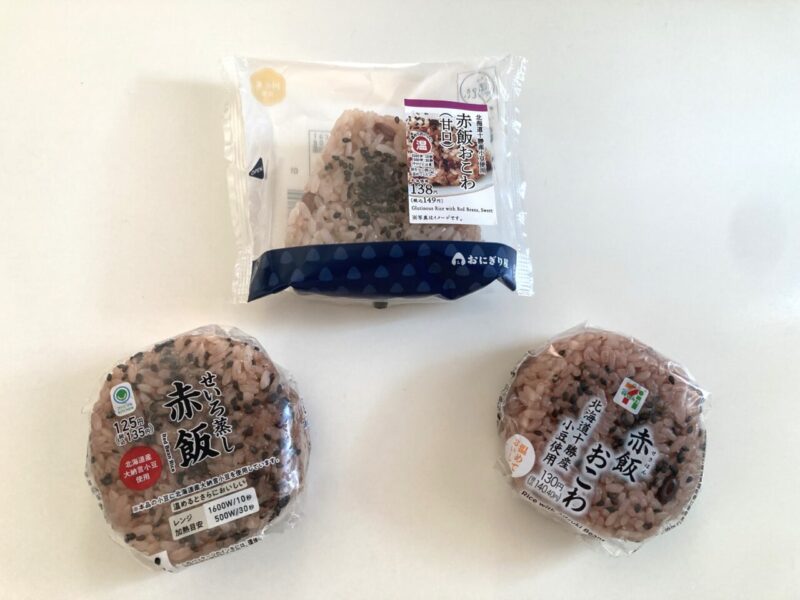
As you can see from the packaging, Lawson's sekihan is sweet, while the other two are salty and unsweetened. Looking at the ingredients, Lawson's sekihan is the only one that uses sugar; Family Mart and 7-Eleven's don't contain any sugar at all
As someone who has been used to eating sweet red rice since childhood, I thought Lawson's red rice was delicious, but people from other prefectures might be surprised
Introducing two sweet red rice recipes made in Aomori Prefecture
We will introduce the ingredients and recipes for two types of sweet red rice made in Aomori Prefecture. The recipes can be made in a rice cooker, so please give it a try
Red rice made with red beans
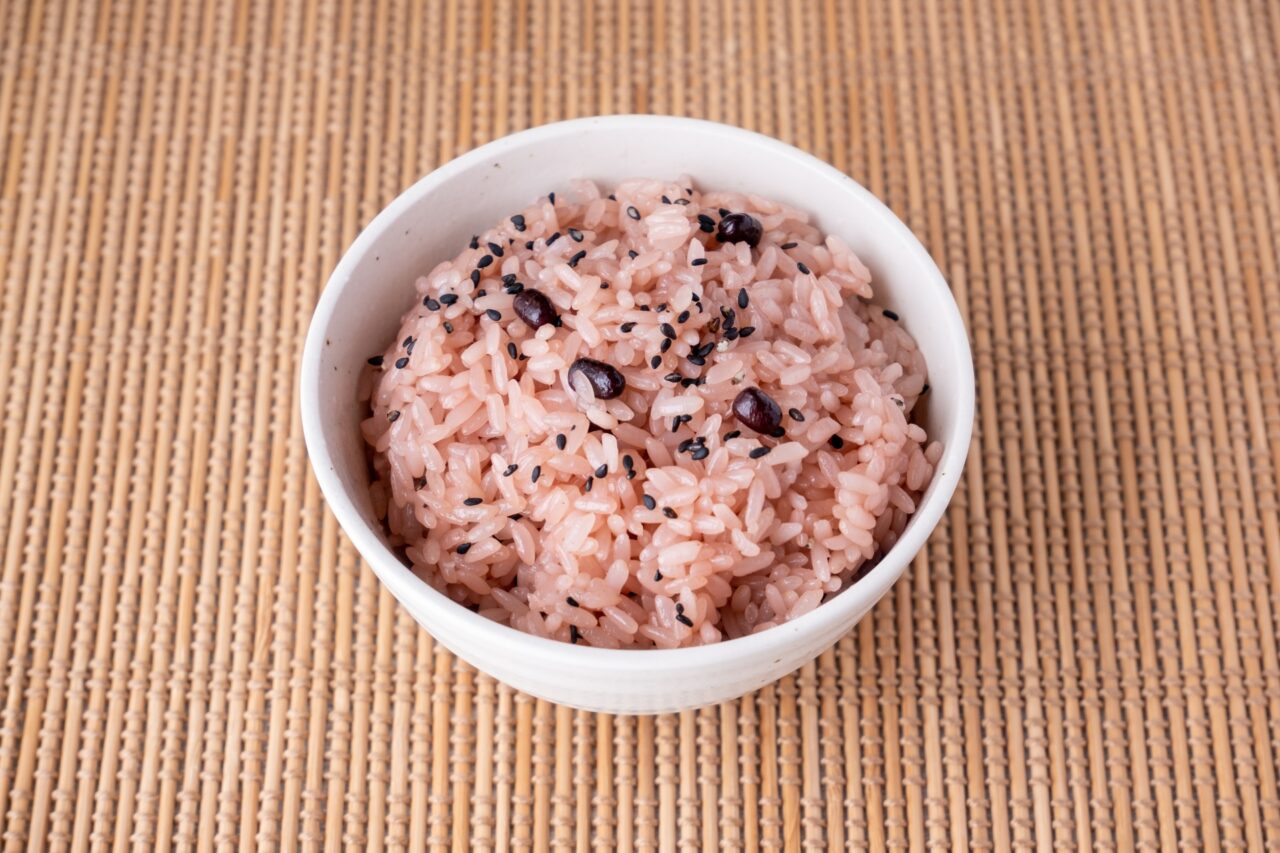
Ingredients (for 3-4 people)
- Glutinous rice...1.5 cups
- Rice…1.5 go
- Azuki beans...80g
- Coarse sugar...5-6 tablespoons (adjust to taste)
- Salt: 1-2 teaspoons (adjust to taste)
How to make
1. Wash the glutinous rice and rice and soak them in water for 1-2 hours
2. Put the adzuki beans in a pot and add enough water to cover them. Bring to a boil over medium heat, then reduce the heat to low and simmer for about 3 minutes
3. Remove the pot from the heat and discard the cooking water. Return the adzuki beans to the pot and simmer in 600cc of water for about 30 minutes. When the beans are firm enough to be mashed with your fingers, turn off the heat and leave to cool
4. Once cooled, separate the broth from the beans.
*The broth will be used when cooking the rice, so do not throw it away.
5. Put glutinous rice, rice, granulated sugar, salt, and the red bean broth into a rice cooker up to the line. Place the red beans on top and cook
6. Once cooked, steam it and sprinkle with sesame salt to taste
Sekihan (red rice) made with sweetened amanatto
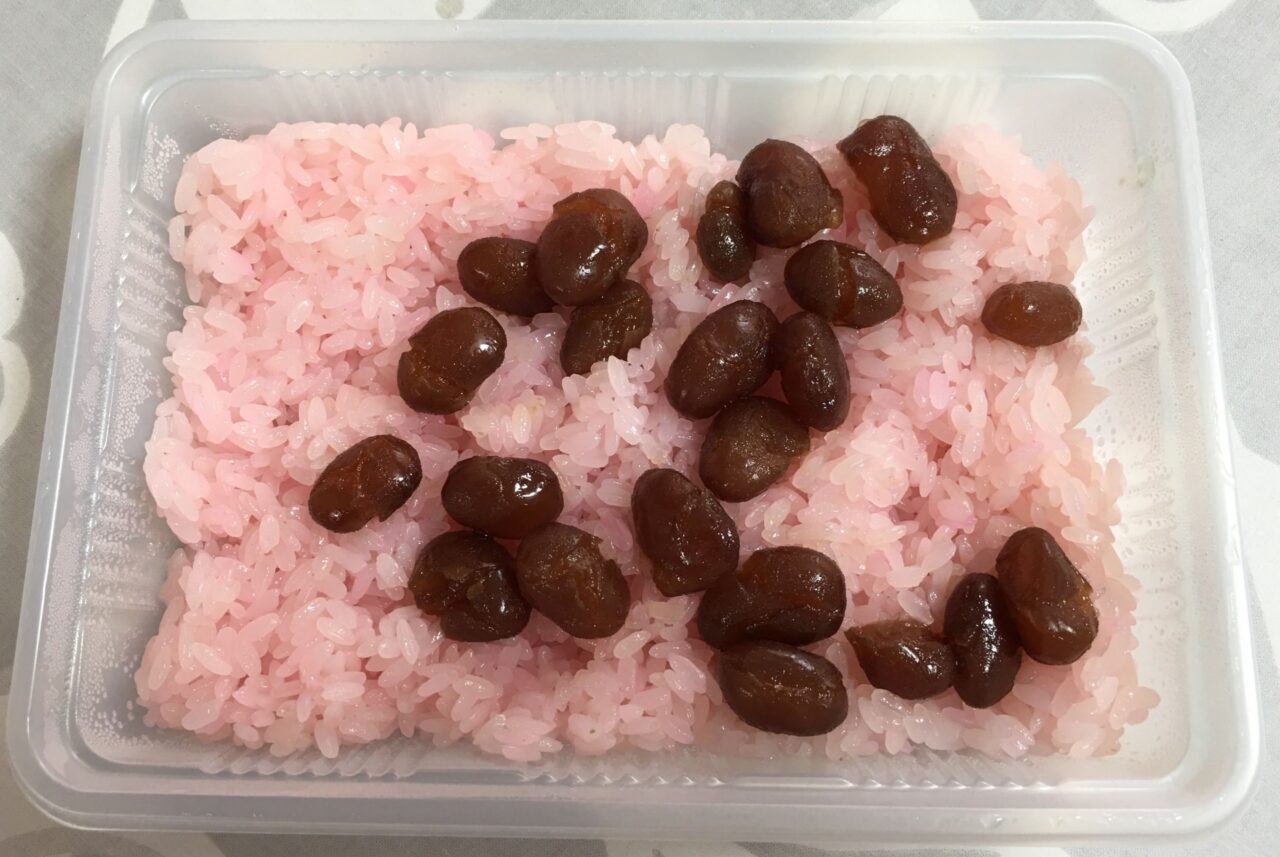
material
- Glutinous rice...1.5 cups
- Rice…1.5 go
- Amanatto…one bag
- White sugar...2 to 3 tablespoons
- 1 teaspoon salt
- Food coloring...just a little
How to make
1. Wash the glutinous rice and rice and soak them in water for 1-2 hours
2. Put the glutinous barley, rice, white sugar, salt, and food coloring into a rice cooker, add water up to just below the 3-cup mark, and cook.
*The food coloring is easy to color, so just a little is fine.
3. Once the rice is cooked, add the sweet beans and steam for about 20 minutes
4. Sprinkle with black sesame seeds or sesame salt to taste and it's done
summary
This time, we introduced the origins and reason behind Aomori Prefecture's sweet red rice, which is pink in color. Aomori's sweet red rice is a hospitality dish made with precious sugar, and is a local flavor born from the prefecture's love of sweets and exchanges with Hokkaido
We've also introduced two easy recipes, so if you're interested, be sure to give them a try this New Year



